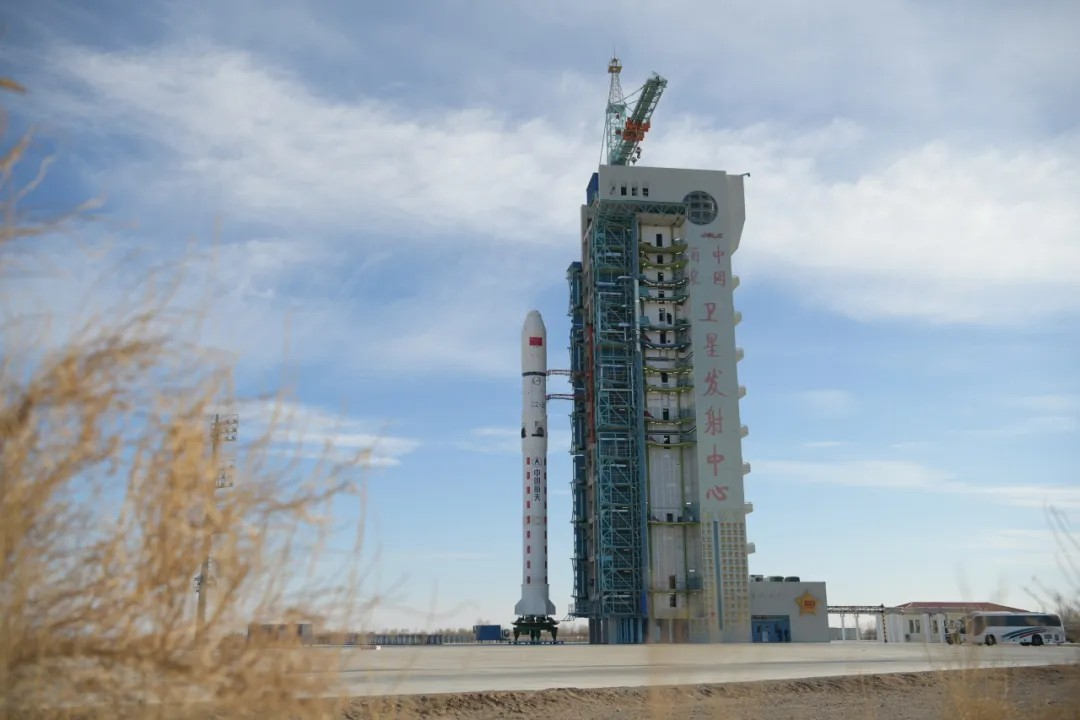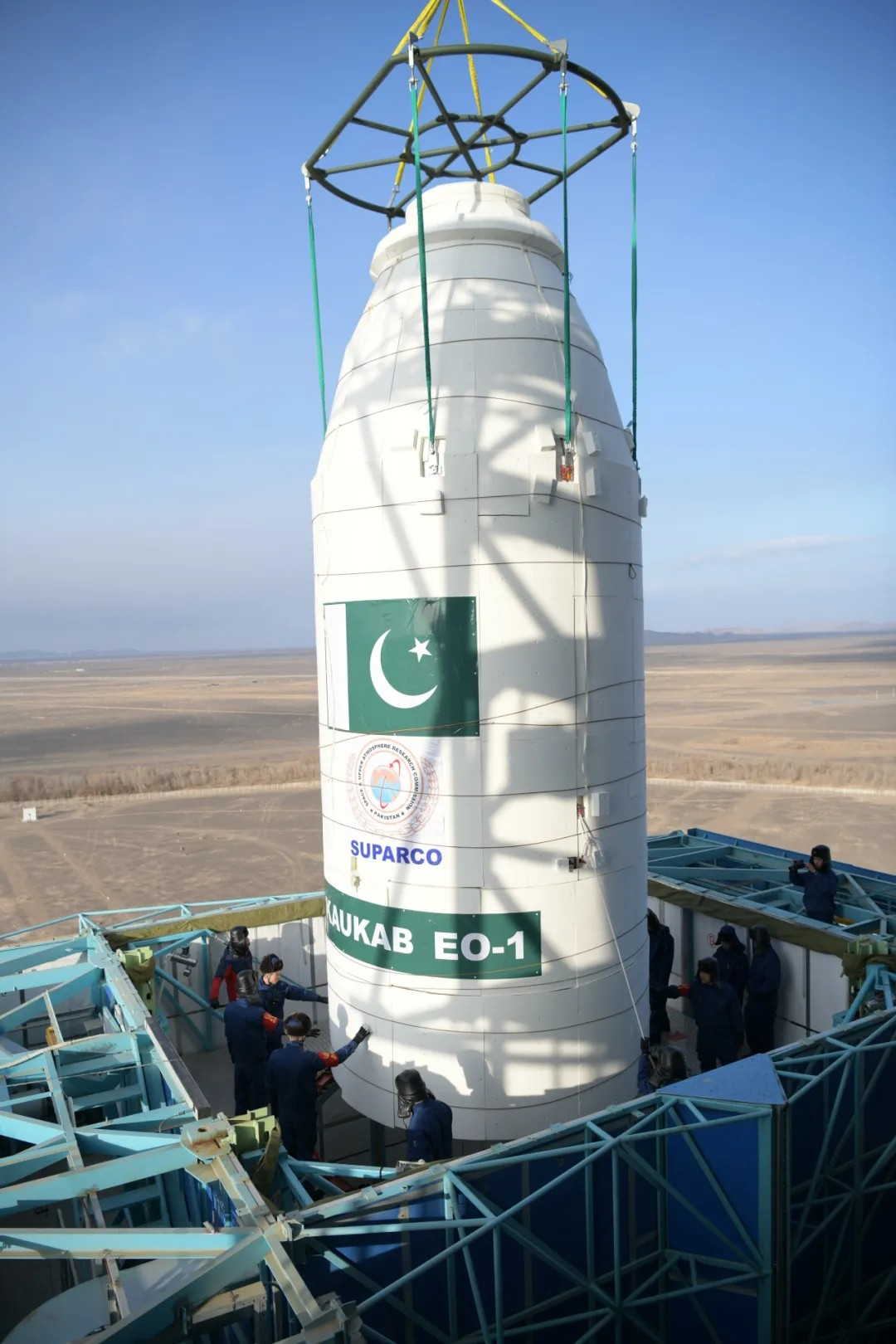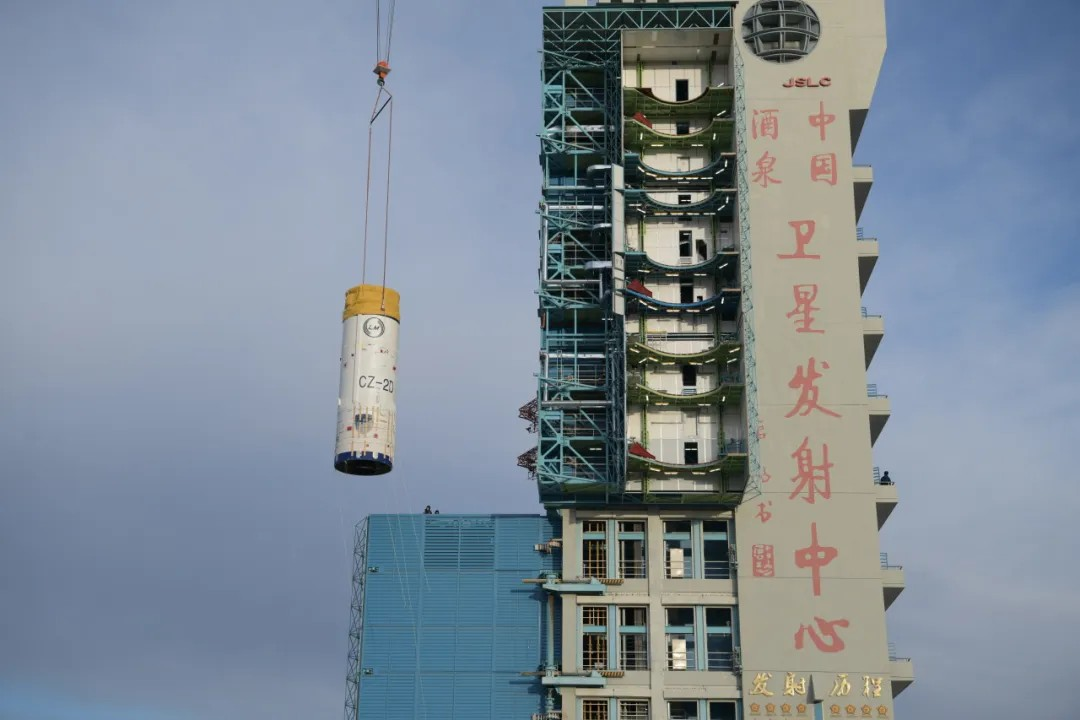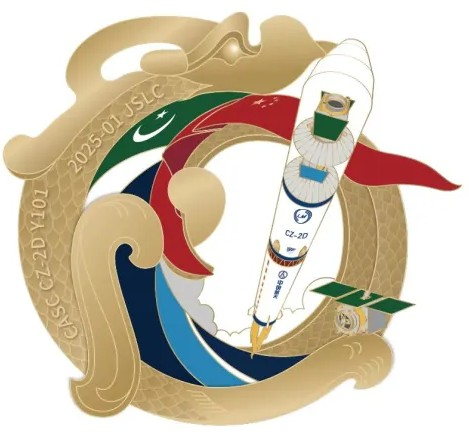
NEWS
Long March 2D successfully launches three satellites
发布时间:
2025-01-23 08:30

At 12:07 PM on January 17, 2025, the Long March 2D launch vehicle lifted off from the Jiuquan Satellite Launch Center, successfully deploying Pakistan’s PRSC-E01 satellite, Tianlu-1 satellite, and Lantan-1 satellite into their designated orbits, signaling a complete success of the launch mission.
The Long March 2D launch vehicle that carried out this mission is a two-stage launch vehicle with liquid propellant of normal temperature developed by the Shanghai Academy of Spaceflight Technology. It possesses the characteristics of high reliability, good economic efficiency, and strong adaptability, and can meet the requirements of a variety of missions, including launching single satellites, multiple satellites in parallel or tandem, and piggyback launches. It has a payload capacity of up to 1.3 tons for deploying satellites into a 700-kilometer sun-synchronous orbit.

The Long March 2D launch vehicle is once again conducting an international launch mission, for the first time in five years. The team adhered to the philosophy of "providing high-quality launch services to clients, demonstrating the technical competence and spirit of Chinese aerospace personnel, and promoting the brand image of China's aerospace sector." Time and time again, the mission’s resounding success has established a solid reputation for China’s international launch services.


Since the project kicked off, the model team has made dedicated effort to ensure the smooth execution of this mission. These efforts include forming a skilled project execution team, translating relevant technical documents in advance, conducting multiple video conferences to discuss technical details, and visiting Pakistan to carry out on-site interface test, so as to ensure compatibility of the interface between the satellite and the launch vehicle. At the launch site, the model development team continuously strengthens communication, organizes discussions and simulated drill on the joint operation procedures of the satellite and the launch vehicle, ensuring both parties are clear on their technical status, familiar with the work schedule, and keep operational risks manageable, thereby guaranteeing the successful and timely execution of the mission.
During the mission, the Jiuquan Satellite Launch Center faced extremely low temperatures, the coldest of the year. This presented a serious challenge for both personnel and payload products. To cope with the possible low-temperature launch conditions, the test team implemented insulation measures based on the characteristics of the payload products, such as adding insulation layers to key sections of the launch vehicle, setting reasonable time for heating the vernier engine, and coordinating the launch site air-conditioning system to provide temperature support, thus ensuring the launch vehicle could carry out the mission within the scheduled launch window.
The mission also featured a system that controls the impact zone of the first stage rocket. During the return phase of the first stage rocket, the precise control of the grid fin control surfaces guided the flight of the first stage rocket, further reducing the impact zone, thus ensuring its safety.
This launch marks the 95th launch of the Long March 2D launch vehicle and the 228th launch of the Long March series of launch vehicles developed by Shanghai Academy of Spaceflight Technology, and the 556th launch of the Long March series of launch vehicles.

Spaceflight